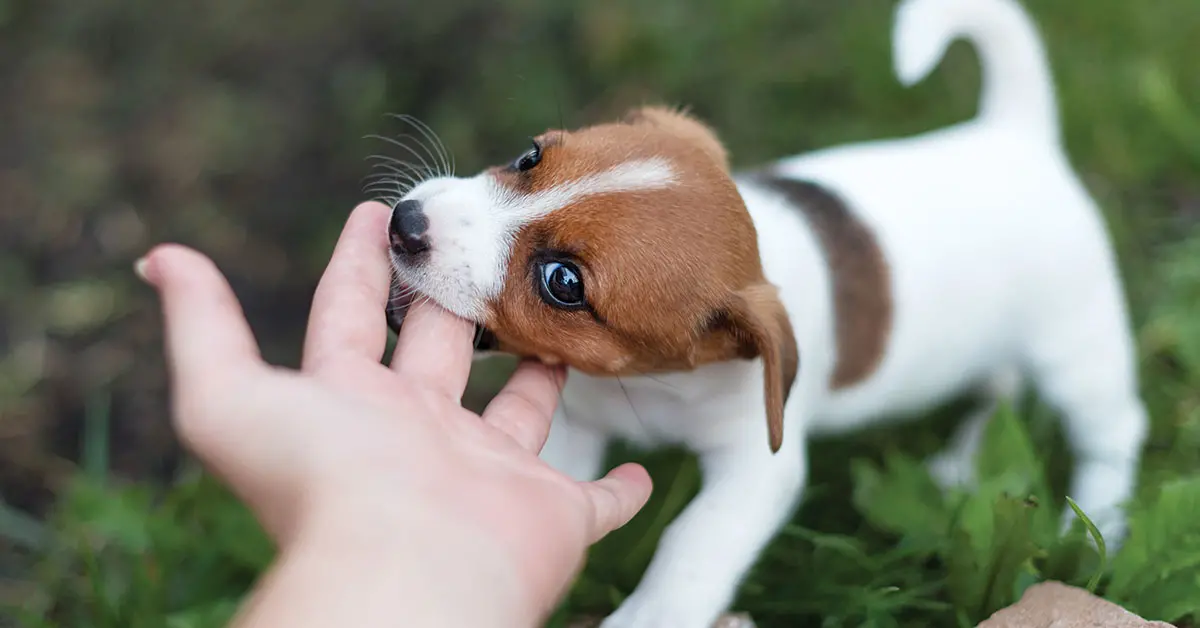Although people and pets are usually at UrgentVet for an urgent situation, we work extra hard to provide and relaxed and calm environment for your pet. By doing this, we are working to preserve the safety of your pet and our staff. High-stress situations can bring out the worst in your dog, and it’s good to know what to watch for.
According to the Centers for Disease Control and Prevention (CDC), a dog bite occurs every 75 seconds in the U.S., and, each day, more than 1,000 people require emergency medical care to treat the resulting injuries.
April 9-15 is National Dog Bite Prevention Week. One of the best ways to prevent dog bites is to know the signs dogs will exhibit (some are subtle, while others are more obvious) if they are feeling fear, stress, or anxiety. Here are a few of the most common.
The subtle signs:
- Excessive yawning. Rather than being tired, he might actually be feeling uncomfortable.
- Licking lips. If she isn’t anticipating food, her lip licking could be an indicator of stress.
- Avoiding eye contact. No, your dog isn’t socially awkward; he might just not be digging the current situation.
- Showing the whites of eyes. So, remember that whole thing about avoiding eye contact? Well, if a dog is feeling threatened, he likely won’t take his eyes off the potential threat. Regardless of how he moves his head, his eyes will stay locked, which can lead to the whites being exposed.
- Wagging tail. Yes, she could be super happy. But, she could also be super scared.
The obvious signs:
- Yeah, that’s a pretty obvious sign your dog’s not happy with something.
- Snapping or showing teeth. If your dog isn’t eating, chewing on your shoe, or barking at a passerby, and you can see her teeth, she’s likely feeling threatened or uncomfortable.
- Rigid body. Remember the overly touchy aunt who squeezed your cheeks too hard and how tense and rigid you felt during those moments? An uncomfortable dog will do the same.
- Fur standing up. You know that feeling you get when you’re scared…when the hair on the back of your neck stands up? That happens for your dog, too, but it’s usually an indicator he’s feeling threatened.
You know your dog, so be aware of changes in her behavior, and always supervise your dog around children. When you find yourself or your family around new dogs, remember these signs and use caution. Our canine friends will let us know when they aren’t content, we just need to pay attention to the signs.


